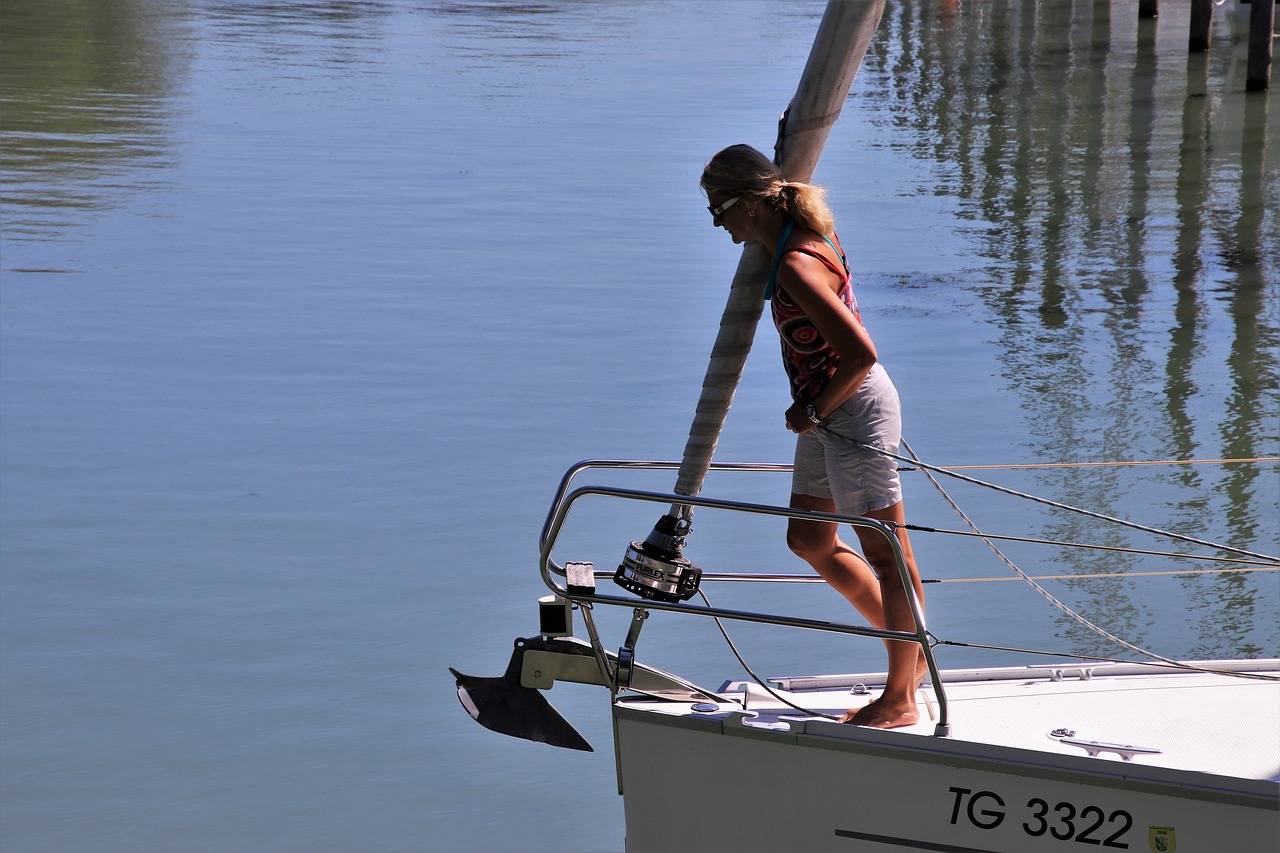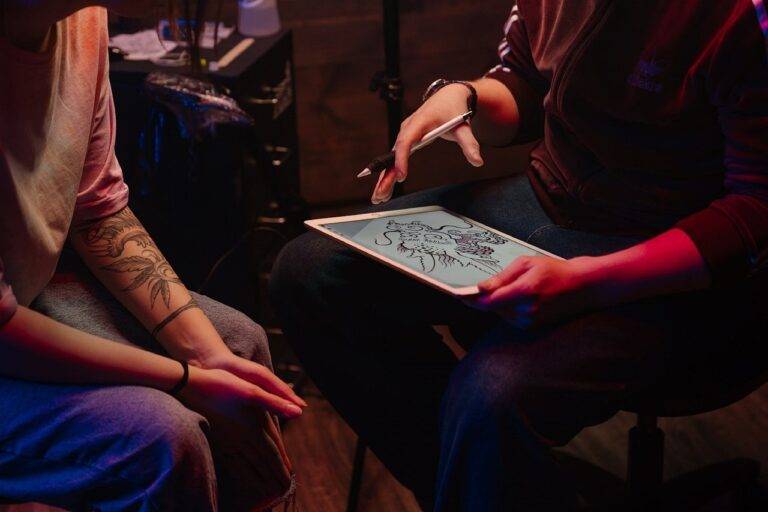Analyzing the Role of CGI in Documentary Filmmaking: Enhancing Visual Storytelling
In the realm of documentary filmmaking, CGI has undergone a significant evolution over the years. Once primarily associated with fictional narratives and big-budget blockbusters, CGI technology has found its place in the world of non-fiction storytelling. With advancements in computer-generated imagery, documentary filmmakers now have a powerful tool at their disposal to enhance visual storytelling and bring to life complex ideas and historical events.
The use of CGI in documentaries has transformed the way stories are told on screen. From recreating ancient civilizations to visualizing scientific concepts, CGI allows filmmakers to bridge the gap between imagination and reality. This technology enables filmmakers to depict events and environments that may be difficult, if not impossible, to capture using traditional filmmaking techniques. As audiences crave more immersive and visually stimulating content, the integration of CGI in documentary filmmaking continues to expand, pushing the boundaries of storytelling in new and exciting ways.
The Use of CGI to Enhance Visual Storytelling in Documentaries
Documentary filmmaking has seen a significant shift in the way CGI is utilized to enhance visual storytelling. The use of computer-generated imagery in documentaries has opened up a world of possibilities for filmmakers to recreate historical events, visualize data, and bring abstract concepts to life on screen. By integrating CGI into their storytelling, filmmakers are able to create immersive visual experiences that captivate audiences and provide a deeper understanding of complex subjects.
One of the key benefits of incorporating CGI in documentaries is the ability to visually represent information in a way that is engaging and easily digestible for viewers. Whether it’s illustrating scientific theories, historical events, or environmental processes, CGI allows filmmakers to present information in a visually compelling way that captures the audience’s attention and helps them grasp complex concepts more effectively. Additionally, the use of CGI can also bring a sense of realism to documentaries by recreating scenarios that may be challenging or impossible to film in real life, adding a new dimension to storytelling in the documentary genre.
What is CGI and how has it evolved in documentary filmmaking?
CGI stands for computer-generated imagery, and it has evolved significantly in documentary filmmaking over the years. Initially used primarily in fictional films, CGI is now being utilized in documentaries to enhance visual storytelling and bring historical events or scientific concepts to life.
How can CGI be used to enhance visual storytelling in documentaries?
CGI can be used in documentaries to reenact historical events, visualize scientific concepts, or create animated sequences to help illustrate complex ideas. By incorporating CGI, filmmakers can engage viewers in a more immersive and visually stimulating experience.
Are there any limitations to using CGI in documentaries?
While CGI can greatly enhance visual storytelling in documentaries, it is important to use it in a way that is authentic and does not mislead the audience. Additionally, CGI can be time-consuming and costly to implement, so filmmakers must carefully consider how and when to incorporate it into their projects.
How can filmmakers ensure that CGI enhances rather than detracts from the documentary storytelling?
Filmmakers should work closely with CGI artists and animators to ensure that the visuals accurately represent the story being told. It is important to maintain a balance between using CGI to enhance the storytelling and ensuring that it does not overshadow the content of the documentary.
Can CGI be used in all types of documentaries?
CGI can be used in a wide range of documentaries, from historical reenactments to nature documentaries to scientific explorations. However, filmmakers should carefully consider whether CGI is the most effective way to enhance their storytelling and should always prioritize authenticity and accuracy in their use of CGI.





